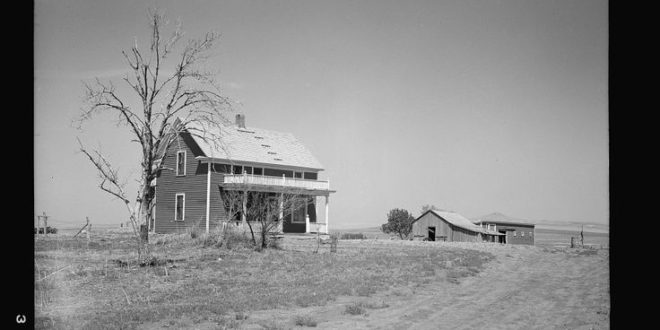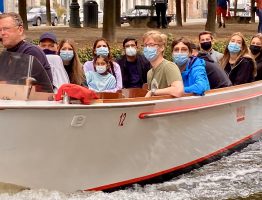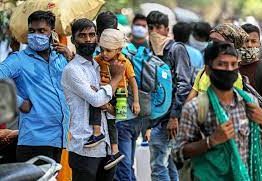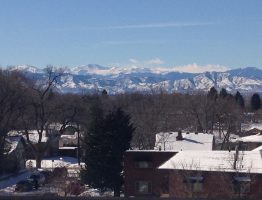Dear readers,
I knew little about Turkey when I moved there in 2010. I learned that most Turks came from elsewhere. From the Asian steppes. From Mesopotamia. From Bulgaria and other former Ottoman colonies. I thought about my ancestors, who journeyed from Europe to America, and I realized that immigrants worldwide face similar opportunities and constraints. This is a story of my immigrant ancestors.
There just wasn’t much good land left. That’s why Egbert Gilbertson, his passage from Bergen, Norway, to the U.S. paid off, went to North Dakota rather than Iowa or Minnesota, where most Norwegian immigrants had settled. Egbert homesteaded a farm near Kindred in the Red River Valley.
Egbert had said goodbye to the gravelly soil of Norway in the 1860s, after his father died falling out of a sleigh on a steep slope. After five years in North Dakota he owned 160 acres free and clear. He married Agnes Hanson, a fellow immigrant who had learned English working as a maid in Fargo for $1 a week. Together they had eight children, six who survived infancy.
One of Egbert and Agnes’ daughters, Ovidia, was my grandmother. As a young woman in the early years of the century, she taught school. Then she married Hugh Black, from Georgia. They settled in western North Dakota, where he published a newspaper, The Dunn Center Gazette. Hugh was more writer than businessman, and the newspaper struggled. When Hugh ran ads, he was often paid in kind. A gift certificate to a Minneapolis hotel, for example. Of little use when their Model T would only go twenty or thirty miles without breaking down.
They had a little garden behind their rented house. In the 1930s, North Dakota suffered a severe drought. Some days Hugh and Ovidia and their two children, Bill (my father) and Mary, had only corn and strawberries to eat. But Hugh, a staunch Republican, refused to let his kids eat the free school lunch the government provided.
Ovidia took in a boarder, a girl whose family lived too far from Dunn Center for her to commute to school every day. This girl, Viv, stayed with the family during the week and went home on weekends. “I was jealous of her,” Mary recalled, “because she needed help with math, and mother used to sit with her in the evenings instead of paying attention to me.
Everyone knew everyone else in western North Dakota. Viv’s father was considered odd. He received a quarterly pension of $12 from the federal government for his service in World War I. Every time he got a check, he headed to the land office to buy acreage. People thought he was crazy—the drought was making farming nearly impossible throughout the state—but he ended up with one of the largest ranches in North Dakota. That family further profited, first in 1951, and then more abundantly, in 2006, when oil was discovered. My father’s family never owned their land, and both my father and Mary left North Dakota as soon as they came of age.
Oil was also discovered in Norway in the late 1960s, a full hundred years after Egbert left, making Norwegian citizens the recipients of great wealth. I sometimes quip that my family ran away from oil.
Good land. Bad land. Both dictated the movements of my ancestors.




Lovely story. My father grew up in Davenport, ND, just 8 miles from Kindred.
Lovely story. My dad grew up in Davenport, just 8 miles from Kindred.